Starting a business on Bonaire is an interesting process, you must have a lot of patience and make sure you’ve got all the right documents at the right time. Luckily, everything went well, and I have submitted all the necessary papers to the government to get a permit to start my business! In the meantime, I started my daily practice, being ready at 6 am, teaching at Tuesday, Saturday and Sunday, but it was very very quiet.
Hernia & yoga
The first class I had a student! She wanted to get back to yoga again, after suffering from a hernia. Because there was nobody else, we could go thoroughly through the Primary Series and adjust every pose so it still would be comfortable. That meant only bending forward with a straight back, no stretching hamstrings (legs on the ground and bending forward), very gentle twisting and vinyasa’s (sun salutations in between the postures). But this was as far as I knew, and I really wanted to know more! Time for a deep dive. I got back to my teacher’s training notes and studied a bit more about the anatomy. YouTube came in handy for more detailed animations of the spine and the pathophysiology of a hernia. Hernia is a generic term for any internal part of the body that pushes through a weakness in the surrounding tissue wall or muscle. In this case I was focusing on a hernia of the intervertebral disc (the tissue in between the vertebrae) in the lower back, bulging towards the back of the spine where it can push into the surrounding nerves causing pain in the back and/or pain, numbness in the affected nerves of (one of the) legs. On YouTube there are a lot of physiotherapists who explain a lot and with great advice. For anyone who is interested, these three videos were the most helpful:
Very interesting information! When I started my own practice the next day, I was very aware of my back and when I slouched. But I didn’t know if this would be harmful in the long run or what slouching is good (if supported by the pelvic floor and deeper abdominal muscles) and what is too far. Peter came up with a very good idea: just have a consultation with a physiotherapist and ask all your questions there! So that is what I did. In one hour, I learned more about the view of the physiotherapist and treatment options, what is healthy and what not, and so much more. I summarized the visit in five points that were most insightful:
1: Be careful with a recent or active hernia
Obvious, but still: don’t do exercises that make the hernia worse. The bulging of the disc is in a certain direction, most of the time it is towards the back of the spine, it can be left or right depending on which leg is affected, it could also be both legs. Bending the lower back forward (flexing), slouching and twisting in the lower back, should be avoided. The person with the hernia should be aware of the sensations in the legs, there can be a bit of backpain while the sensations in the legs become less, this is a sign that the movement is beneficial.
2: A hernia can be just bad luck
The physiotherapist told me that although the posture in sitting and lifting is important, it is also genetically predisposed and sometimes it doesn’t have any obvious causing factor. A physiotherapist she knew got a hernia, assuming the physiotherapist knows exactly how to move correctly, sometimes it is just bad luck. I didn’t know this! People can also have a hernia without even knowing it. In a study (also mentioned in the second YouTube video above, here I put it very shortly) they did a MRI-scan of a lot of people without symptoms, just to see if there were undiagnosed hernias, and about 25% did have a hernia on the scans.
3: It’s all about mobility
If you are healthy, it is no problem to bend your lower back forward or to slouch. She told me that if you just bend forward with the lower back fully flexed for twenty minutes, the intervertebral disc moves already a bit towards the back of the spine, so if you don’t do it for that long, it is fine. It is important to be mobile, don’t be fixed on a certain movement or contract muscles too tight. If you have no symptoms, practice daily with building up to the more difficult postures of the Primary Series (I showed her the sequence) is no problem and healthy to stay and become more mobile and flexible.
4: Be conscious of the muscles and movements of the body
In Ashtanga Yoga, emphasis is made on contracting the pelvic floor and deeper abdominal muscles, the ‘bandha’s’. But this can be very distracting and difficult when moving into postures. The physiotherapist said that she hears often the question what people should contract or activate when the yoga teacher tells them to activate the bandha’s. When starting practicing yoga, conscious movement combined with inhaling or exhaling is more than enough to get to know the body and sensations the moving creates to benefit flexibility, strength, and functional movements made during the day.
5: There is no ‘one way’ for practice for everybody
It all depends on the body of the student. Everybody is different and every body has certain movement-patterns learned over years, that are beneficial in one posture, but could be interfering with the right motion in the other. Hypermobile people can train muscle control and building strength, people with short hamstrings can focus on activating the quadriceps, a natural forward bend in the upper back can be trained by bringing the sternum forward, etcetera! Too many examples, but you know where I am getting at.
ATHA YOGA
Completely new terrain for me, but now all my papers are at the government, I can finally start with some marketing. I made the logo to represent a sort of timeline, with the past, present, and future. The present is in the two triangles, where the A and Y are incorporated with an arrow pointing to the middle of the timeline to indicate now, the present moment. I really would like to print T-shirts or other merchandise with this logo! I had a lot of fun making this, I think it turned out pretty good.
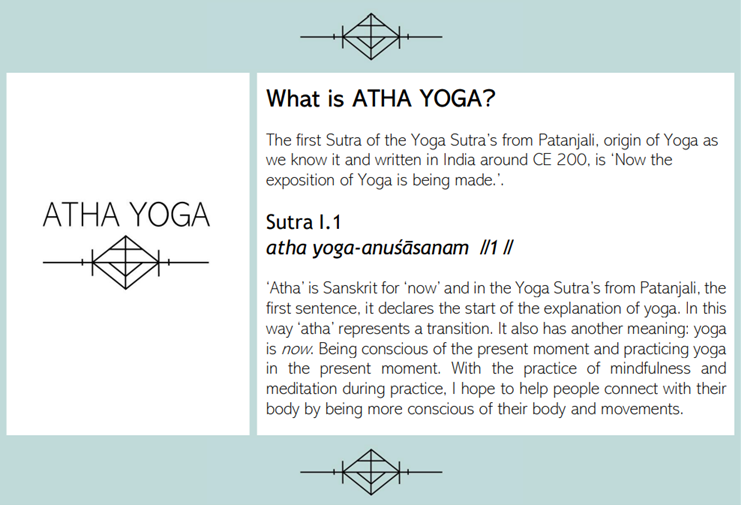
And in case you are living on Bonaire and interested:
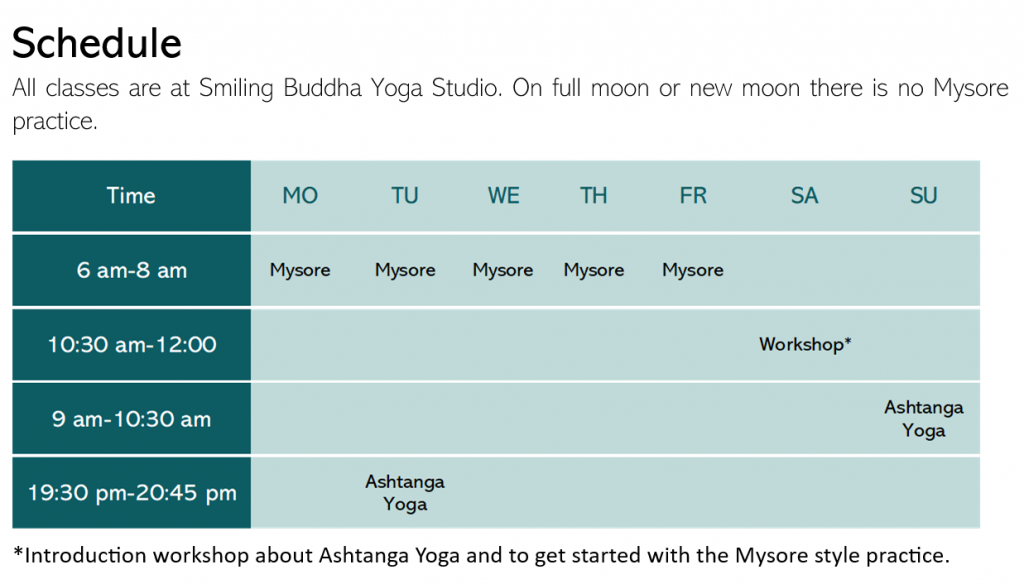
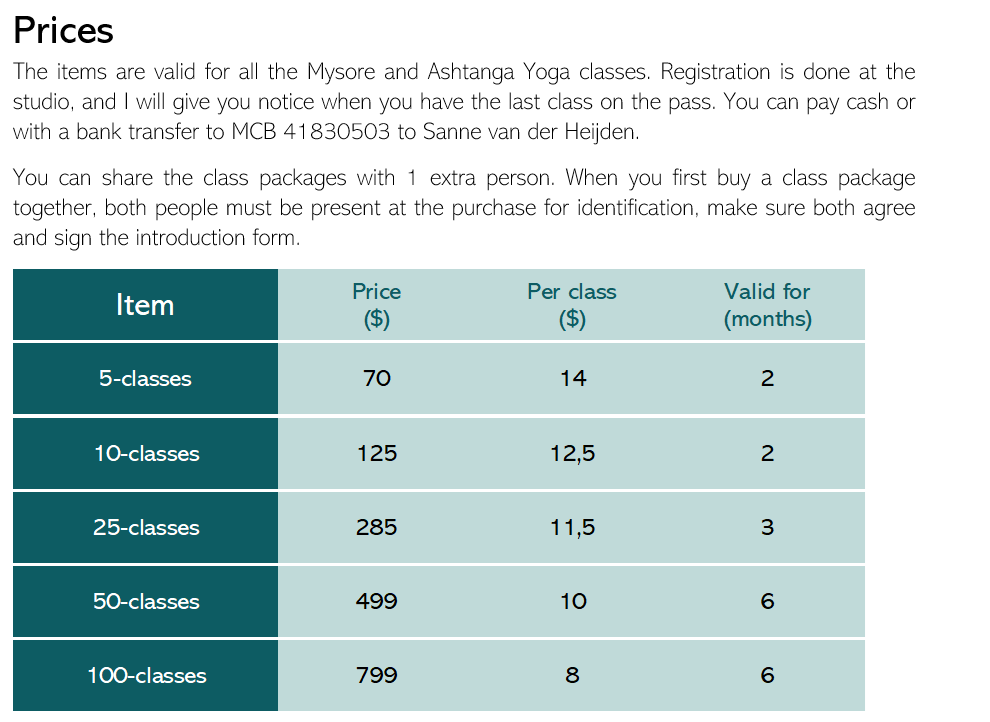
LIV-Business
LIV is cleaned up again and that means we are going forward with the de-rusting. Getting back in the rhythm! I am happy to notice I still love to do the work. Instead of writing about the dust, rust and how I do this, I made some more pictures and a shorty!
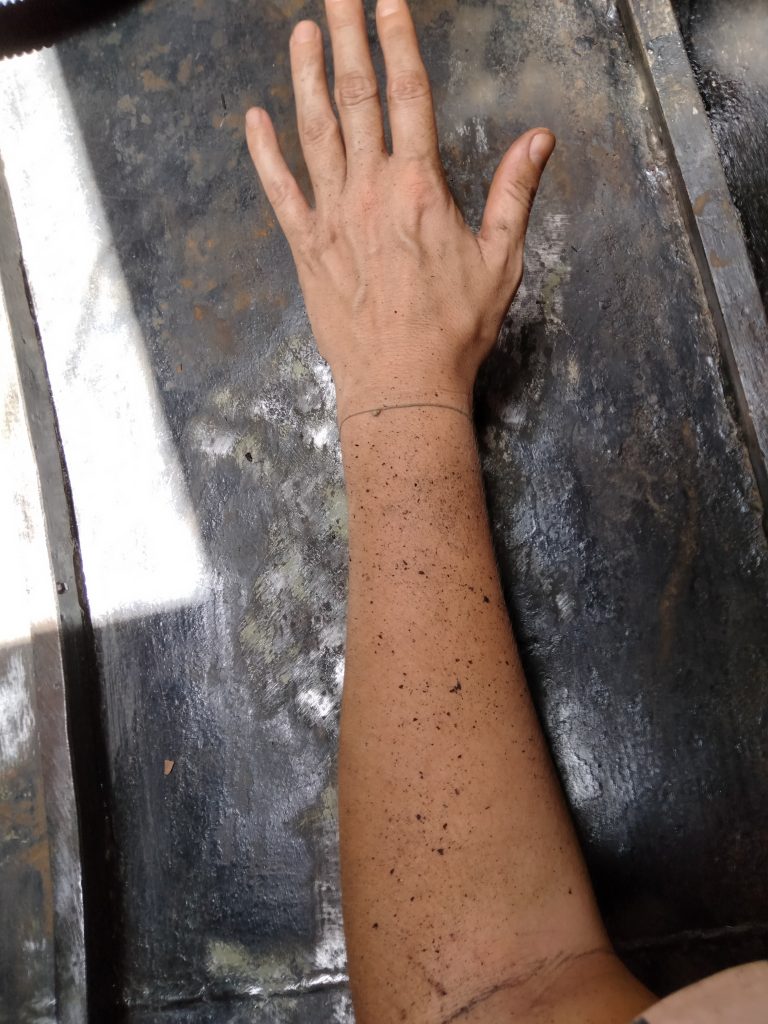
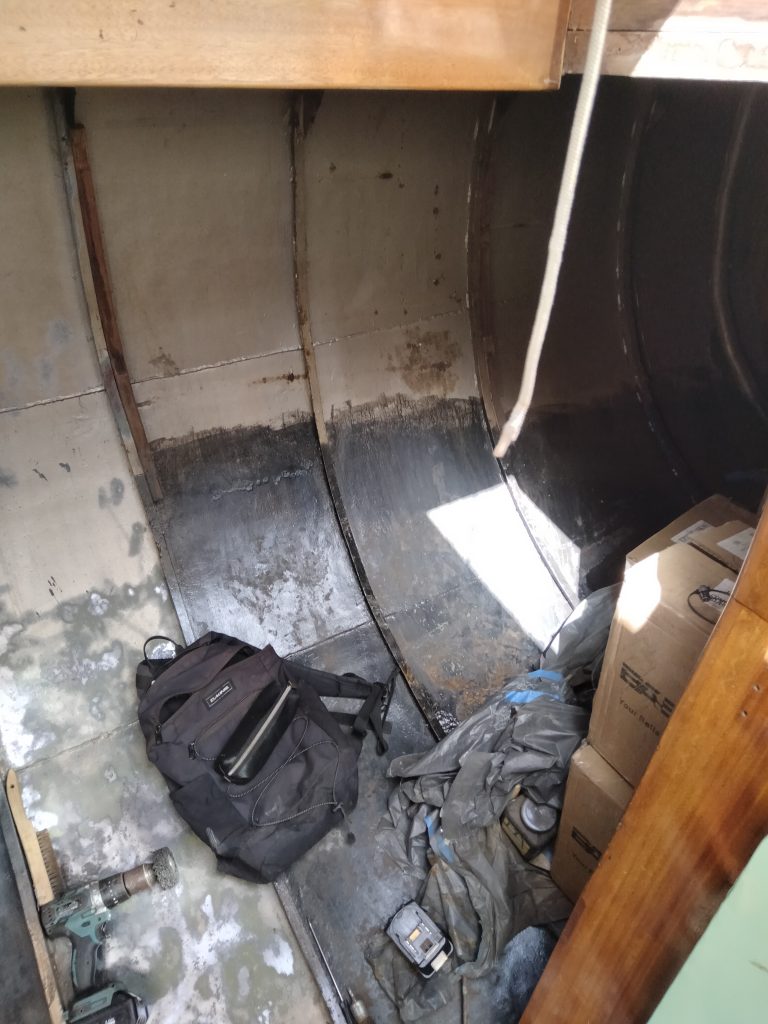
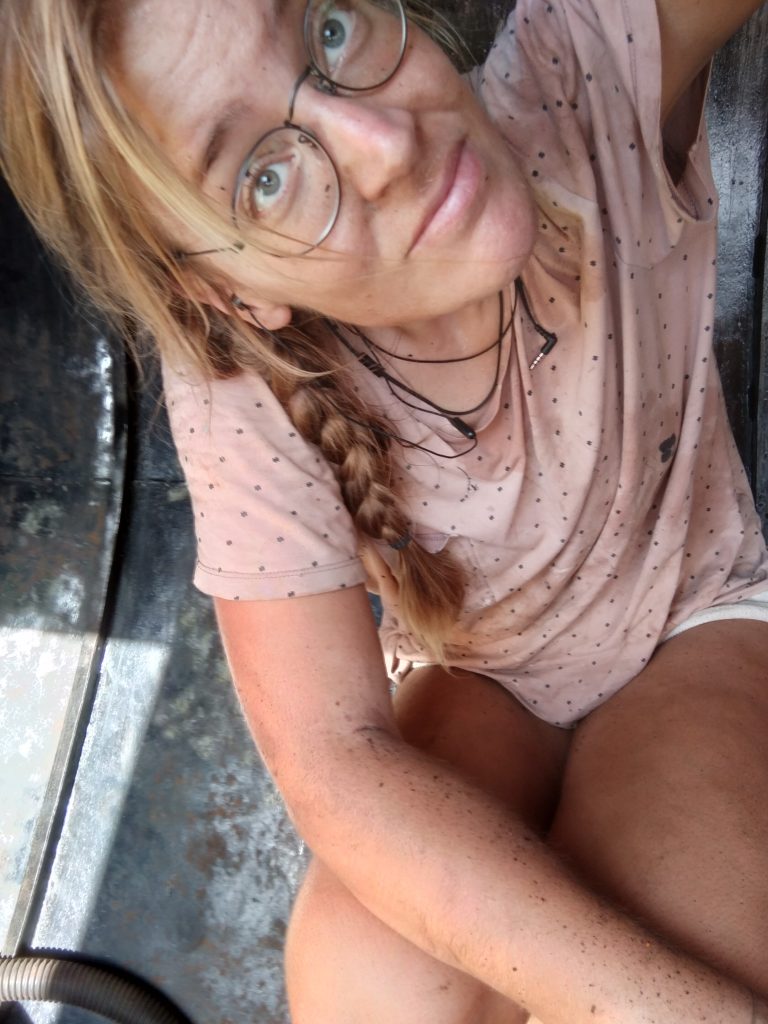
Hoi lieve Sanne,
Het is superleuk om je / alles te volgen om je blog en ik ga proberen te abonneren zodat ik alles kan blijven volgen